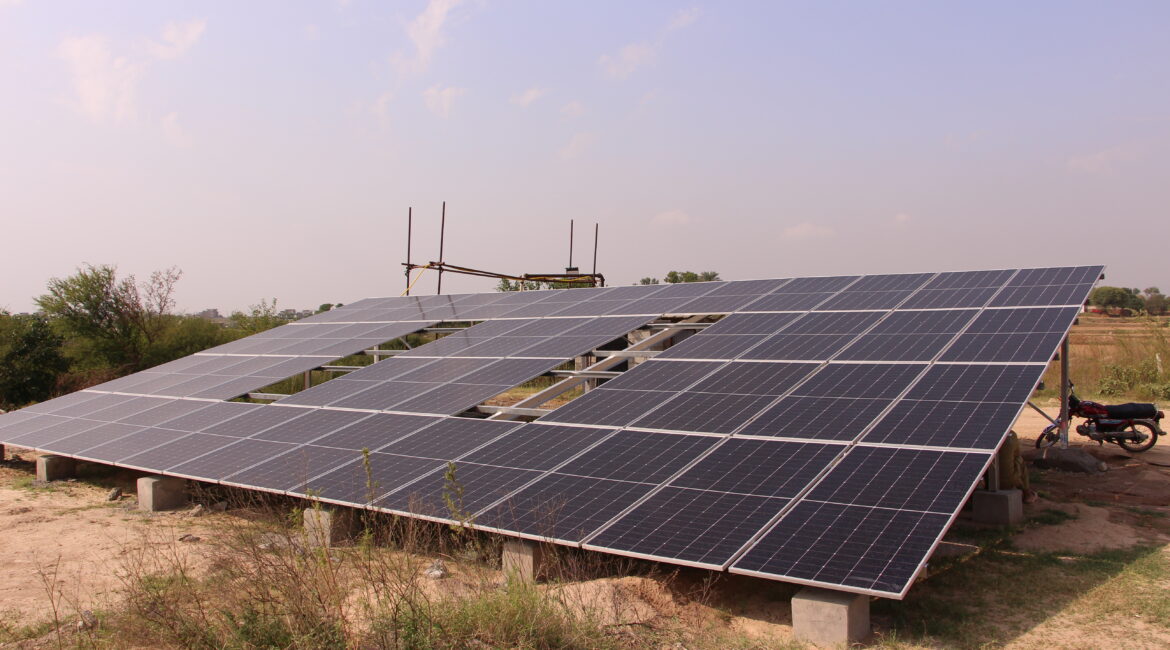Solar energy is rapidly transitioning from a niche alternative to a mainstream power source, driven by advancements in technology, decreasing costs, and an increasing global imperative to mitigate climate change. This article provides a comprehensive overview of solar energy, exploring its multifaceted benefits, technological underpinnings, diverse applications, and strategic considerations for individuals and organizations seeking to capitalize on this transformative energy resource.
The Compelling Case for Solar Energy:
The adoption of solar energy is underpinned by a confluence of compelling factors:
- Environmental Stewardship: Solar power generation produces negligible greenhouse gas emissions, playing a crucial role in decarbonizing our energy systems and combating global warming. This aligns with increasing regulatory pressures and corporate sustainability goals.
- Economic Viability: The levelized cost of electricity (LCOE) for solar has decreased dramatically in recent years, making it competitive with, and in many cases cheaper than, traditional fossil fuel-based generation. This trend is projected to continue.
- Energy Security and Independence: Solar energy empowers individuals, businesses, and nations to reduce their reliance on volatile global energy markets and enhance their energy independence. This strengthens resilience against geopolitical risks and price fluctuations.
- Long-Term Cost Predictability: Unlike fossil fuels, which are subject to price volatility, solar energy offers predictable and stable energy costs over the lifespan of the system. This facilitates long-term financial planning and budgeting.
- Job Creation and Economic Growth: The solar industry is a significant driver of job creation, generating employment opportunities in manufacturing, installation, maintenance, and related sectors. This stimulates local and national economies.
The Science behind Solar Power:
The fundamental principle behind solar energy conversion is the photovoltaic effect. Semiconductor materials, typically silicon, are used to construct photovoltaic (PV) cells. When photons from sunlight strike these cells, they transfer their energy to electrons, causing them to become dislodged and flow, creating an electric current. This direct current (DC) electricity is then converted to alternating current (AC) electricity by an inverter, making it compatible with standard electrical grids and appliances.
Diverse Applications of Solar Technology:
Solar energy technology encompasses a wide range of applications:
- Residential Solar: Rooftop solar panels provide homeowners with clean, affordable electricity, reducing their energy bills and increasing property values.
- Commercial and Industrial Solar: Businesses can leverage solar power to reduce operating costs, enhance their sustainability profile, and gain a competitive advantage.
- Utility-Scale Solar Farms: Large-scale solar farms generate significant amounts of electricity, feeding it into the grid and contributing to the overall energy mix.
- Off-Grid and Remote Power: Solar energy provides a reliable power source for remote communities, islands, and off-grid applications where grid extension is cost-prohibitive.
- Solar-Powered Devices: From calculators and watches to streetlights and water pumps, solar technology powers a wide array of everyday devices.
Strategic Considerations for Solar Implementation:
Implementing solar energy solutions requires careful planning and execution:
- Energy Audit and System Sizing: A thorough energy audit is essential to determine energy consumption patterns and optimize system size.
- Technology Selection: Choosing the right type of solar panels, inverters, and other components is crucial for maximizing performance and reliability.
- Financial Analysis and Incentives: Evaluating the financial viability of a solar project requires considering upfront costs, operating expenses, available incentives, and potential return on investment.
- Installation and Maintenance: Professional installation and regular maintenance are essential for ensuring the long-term performance and safety of the solar system.
- Regulatory Compliance: Navigating permitting requirements and complying with local regulations is crucial for a smooth implementation process.
The Future of Solar Energy:
Solar energy is poised for continued exponential growth, driven by technological innovation, decreasing costs, and increasing global awareness of the urgent need for sustainable energy solutions. Emerging trends include:
- Advanced Solar Panel Technologies: Research and development efforts are focused on increasing the efficiency and reducing the cost of solar panels, including the development of perovskite and other next-generation materials.
- Energy Storage Integration: Integrating battery storage with solar systems is becoming increasingly important for addressing intermittency challenges and enabling 24/7 availability of solar power.
- Smart Grids and Micro grids: Solar energy plays a key role in the development of smart grids and micro grids, enhancing grid resilience and enabling distributed energy generation.

